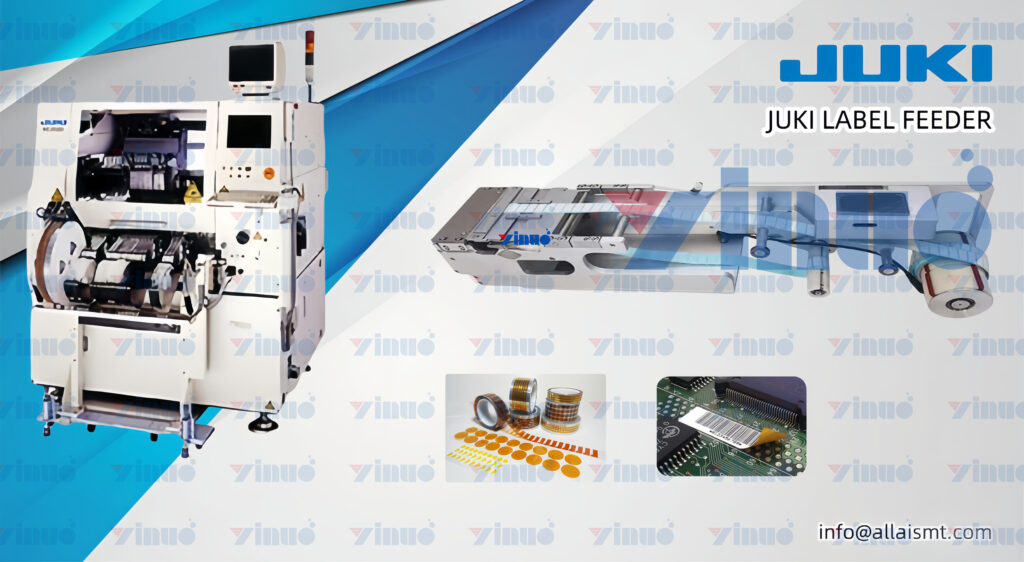How Label Feeders Improve the Accuracy of Product Information
In today’s fast-paced manufacturing environment, the demand for accurate product information is critical. Label feeders, an essential component of automated production lines, play a significant role in ensuring the precision and reliability of product labeling. This article explores how label feeders contribute to improving the accuracy of product information, enhancing operational efficiency, and maintaining quality standards.
1. Enhanced Precision in Label Placement
One of the primary functions of label feeders is to ensure that labels are placed accurately on products. Manual labeling can often lead to misalignment, which not only affects the aesthetic appeal of the product but also can result in vital information being obscured or unreadable. Label feeders use advanced technology to place labels with high precision, ensuring that each label is correctly positioned. This precision helps maintain the integrity of product information, such as barcodes, ingredients, and expiration dates.
2. Consistent Labeling Quality
Consistency is key in product labeling. Label feeders provide a uniform application of labels, ensuring that every product in a batch looks identical. This consistency is crucial for brand recognition and consumer trust. Inconsistent labeling can lead to customer confusion and potentially harm the brand’s reputation. By using label feeders, manufacturers can achieve a consistent look and feel across all their products, reinforcing brand identity and reliability.
3. Reduced Human Error
Human error is an inevitable aspect of manual labeling processes. Mistakes such as placing the wrong label on a product or misapplying a label can lead to significant issues down the line, including recalls and compliance violations. Label feeders minimize human intervention in the labeling process, thereby reducing the likelihood of errors. Automated systems are programmed to apply the correct labels to the appropriate products, ensuring that all necessary information is accurately conveyed.
4. Increased Production Speed
Speed is another critical factor in modern manufacturing. Manual labeling can be time-consuming and prone to bottlenecks, especially in high-volume production environments. Label feeders streamline the labeling process, significantly increasing the speed at which products can be labeled. This acceleration not only boosts overall production rates but also ensures that products reach the market faster, meeting consumer demand more effectively.
5. Integration with Automated Systems
Label feeders can be seamlessly integrated into existing automated production lines. This integration allows for synchronized operations, where the labeling process is perfectly timed with other production activities. Such synchronization ensures that labels are applied at the right moment, maintaining the flow of production and preventing delays. Integrated systems also facilitate real-time monitoring and adjustments, further enhancing the accuracy and efficiency of the labeling process.
6. Improved Traceability and Compliance
In industries where traceability and compliance are paramount, accurate labeling is essential. Label feeders help maintain detailed records of each labeling operation, providing traceability from the production floor to the end consumer. This capability is particularly important in industries such as pharmaceuticals and food and beverage, where regulatory compliance is strictly enforced. Accurate labeling ensures that all regulatory information is correctly presented, helping companies avoid costly fines and recalls.
Conclusion
Label feeders are indispensable in modern manufacturing for ensuring the accuracy of product information. They enhance precision in label placement, maintain consistent labeling quality, reduce human error, increase production speed, integrate seamlessly with automated systems, and improve traceability and compliance. By leveraging the capabilities of label feeders, manufacturers can achieve higher operational efficiency, maintain quality standards, and meet the ever-growing demands of the market.


